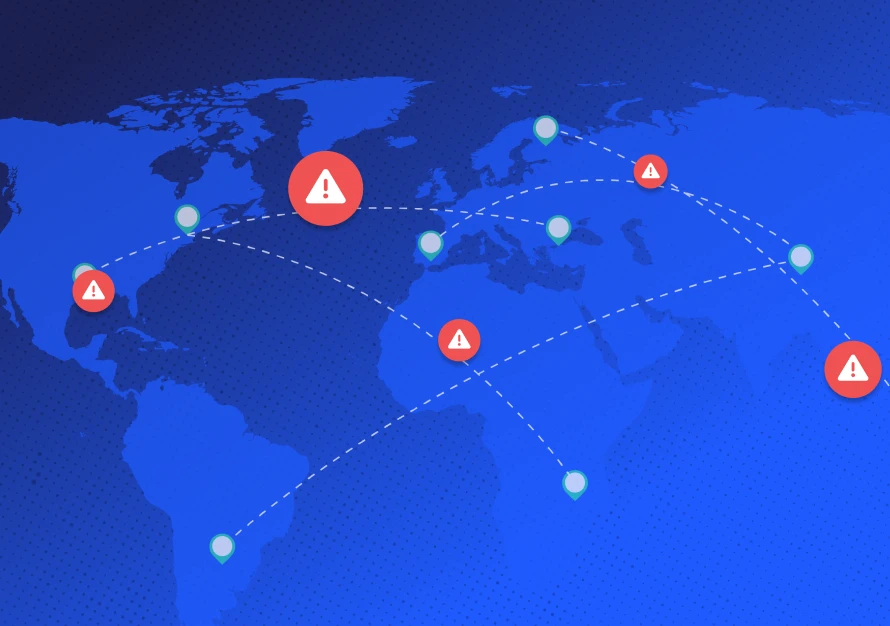Every first Monday in September, the United States observes Labor Day—an annual celebration of the social and economic achievements of American workers. The holiday is a reminder of the progress the U.S. has made in labor laws and protecting its workers, but there is still room for improvement.
What Are the Origins of Labor Day?
Before there was a Labor Day or labor unions, workers in the U.S. and across the world struggled for basic rights like humane working conditions and decent hours. There was no age requirement or health and safety standards set in place for the workplace, and worker injuries and illnesses were commonplace due to dangerous working conditions.
The Labor Movement
The labor movement in the U.S. gained increasing interest out of the need to protect the common interest of workers. As American transitioned into the Industrial Revolution, organized labor unions fought for livable wages, shorter workdays, and safer working conditions. The labor movement also had a goal to stop child labor, give workers health benefits, and provide assistance to workers who were injured on the job or eventually retired.
How Labor Day Came to Be
In the late 1800s, labor activists pushed for a federal holiday to recognize the many contributions workers have made to America’s growth. Before being declared an official federal holiday, Labor Day was recognized by activists and individual states. The state of New York was the first state to introduce a bill, but on February 21, 1887, Oregon became the first state to pass an official law recognizing Labor Day.
By the end of the decade 23 more states, including Connecticut, Nebraska, and Pennsylvania had adopted the holiday. Finally, on June 28, 1894, President Grover Cleveland and Congress passed an act making the first Monday in September of each year a federal holiday.
Much progress has been made since the first Labor Day. Thanks to the hard work and resilience of labor activists, there are rules and standards set in place to ensure the safety and health of workers within your supply chain.
For example, OHSAS 18001 and ISO 45001 are two well-known standards for occupational health and safety management that are designed to help limit on-site work incidents. Safety management is critical to ensuring condition similar to before labor unions don’t make it back into the workplace.
Many companies are working to maintain this level of protection for workers. At Avetta, we understand that protecting your supply chain starts with protection your suppliers—whether through safety, risk, or sustainable management.
The fight labor activists gave to demand real change helped push America to raise its standard of living and worker protection that we have today—but there’s still so much work that can be done to limit or even prevent worker incidents.

.svg)

.svg)
.svg)

.svg)

.svg)








